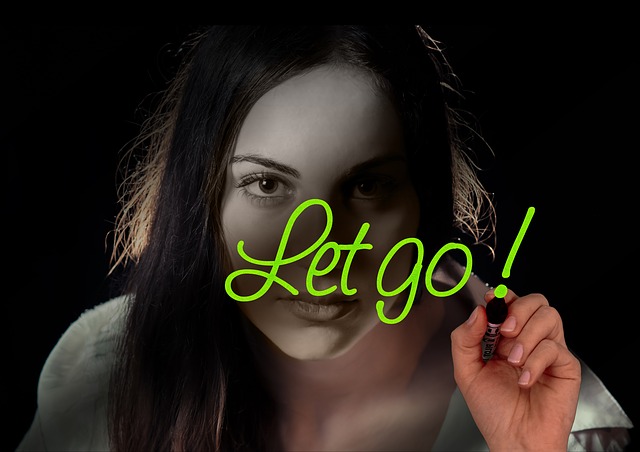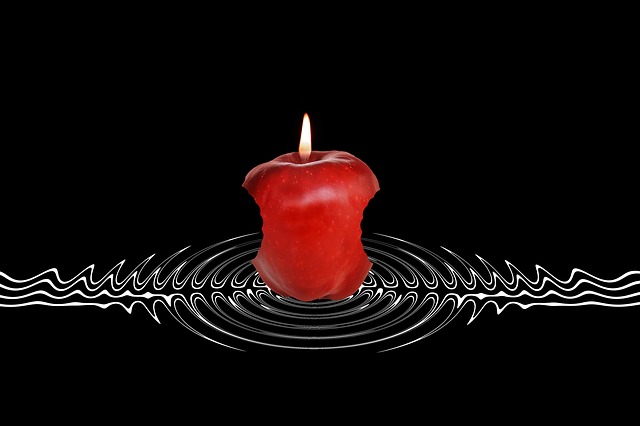Sam Himelstein has specialised for more than 12 years in using mindfulness to help teenagers impacted by trauma. In a podcast interview with David Treleaven, Sam explained in depth his approach to teaching mindfulness to teens affected by trauma, as well as the evolving principles that shape his practice. While his focus is primarily on teens and educating others to work with teens, his approach and principles have relevance to anyone who is using mindfulness to assist people impacted by trauma (or anyone who is teaching mindfulness where a participant is a trauma sufferer). He has developed his principles through ongoing reflection on practice.
Sam is a psychologist and youth worker and the author of A Mindfulness-Based Approach to Working with High-Risk Adolescents and the forthcoming book, Trauma-Informed Mindfulness for Teens: A Guide for Mental Health Professionals. He is also the founder of the Center for Adolescent Studies.
Principles for trauma-informed mindfulness practice
In discussing his approach to working with teens impacted by trauma, including incarcerated youth, Sam identified several principles that guide his practice:
- Avoid “adultism” – the assumption that as an adult you are superior to teens and have a lot to teach youth and they have very little in the way of wisdom to offer. Associated with this false belief, is the assumption that you know best what is good for them – implying that they should learn from your teachings (that you try to impose on them). This also involves recognising the wisdom they gained in their transition to a teenager. [You can also test your assumptions when working with adults – do you assume that they have no insights into the nature and practice of mindfulness?]
- Work from where they are at – do not begin with formal meditation as they are unlikely to be ready for this.
- Focus on relationship-building – consciously build trust in every aspect of your interaction, as their level of trusting others will have been severely damaged by their trauma experience(s).
- Assist teens to become comfortable with “sitting with themselves” and exploring “inner awareness”.
- Be genuinely curious about what is happening for them and what they are doing to cope – bring an open mind to the interaction. It can be helpful to identify and test your own assumptions before interacting.
- Develop your own mindfulness continuously – your inner and outer awareness – and learn to let go of “ego” and the need to control the process.
Reflection
When teaching mindfulness to adults and youth, we need to be aware of the possibility that they may have been impacted by trauma(s) in their life. Being conscious of the principles employed by Sam will help us to demonstrate sensitivity, build trust and relationships, and work at their pace – rather than to a pre-ordained progress schedule. It will be imperative for us to grow in mindfulness – becoming fully aware of the assumptions we bring to the teaching/interaction, letting go of ego and the need for control, and genuinely engaging with curiosity, humility and openness.
____________________________________________
Image by Lubos Houska from Pixabay
By Ron Passfield – Copyright (Creative Commons license, Attribution–Non Commercial–No Derivatives)
Disclosure: If you purchase a product through this site, I may earn a commission which will help to pay for the site, the associated Meetup group and the resources to support the blog.






